Introduction to Transfer Rollers
Transfer rollers are integral components in the realm of material handling, serving a pivotal role in the movement of goods across various industries. These rollers facilitate the smooth transition of items from one point to another within a manufacturing or distribution setting, ensuring efficiency and reliability in operations.
Types and Applications
The versatility of transfer rollers is evident in their wide range of types and applications. From small-scale operations utilizing trolley wheels to heavy-duty tasks requiring forklift solid tires, these rollers are designed to meet diverse material handling needs. Trolley wheels, typically starting at 10 inches in diameter, are suited for lighter loads, while larger forklift tires cater to more substantial weight requirements. The non-inflatable nature of many transfer rollers enhances their durability, making them suitable for various environments.
Features and Materials
Transfer rollers are crafted from robust materials such as rubber, plastic, and sometimes reinforced with steel rings for added strength. The materials are chosen for their resilience and capacity to withstand the demands of heavy loads and frequent use. Sizes range widely, with some tires measuring up to 825mm in diameter, tailored to the specific requirements of the machinery they serve.
Advantages of Quality Rollers
The advantages of utilizing quality transfer rollers include their non-inflatable design, which eliminates the risk of punctures, and their capacity to support weights from 100kgs to 150kgs. This reliability is crucial in maintaining uninterrupted operations within industrial settings. Additionally, the variety in wheelbarrow and shopping cart wheels, available in both inflatable and non-inflatable options, provides flexibility for different use cases.
Complementary Handling Components
Beyond transfer rollers, a comprehensive array of complementary handling components is available to support various systems. These include conveyor belt parts such as fasteners and idlers, as well as roller drums that are essential for the movement of conveyor belts. With sizes ranging up to 2,400mm in diameter, these drums are designed to accommodate a broad spectrum of industrial applications.
Choosing the Right Transfer Rollers
Selecting the appropriate transfer rollers is critical for optimizing material handling processes. Factors such as load capacity, wheel size, and material composition must be considered to ensure seamless integration into existing systems. With a multitude of options available, it is essential to assess the specific needs of the operation to identify the most suitable rollers.


















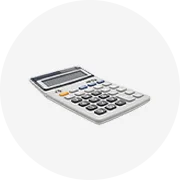
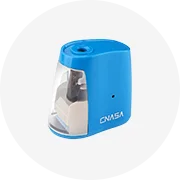
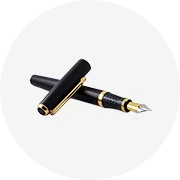
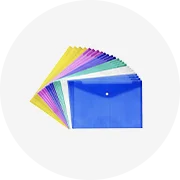
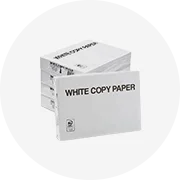
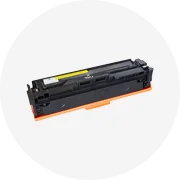
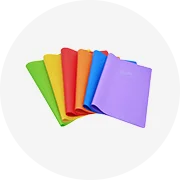
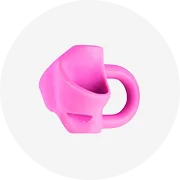

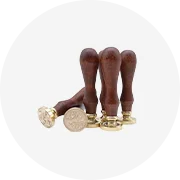
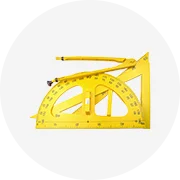

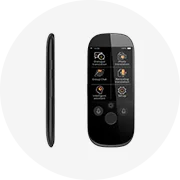











 浙公网安备 33010002000092号
浙公网安备 33010002000092号 浙B2-20120091-4
浙B2-20120091-4